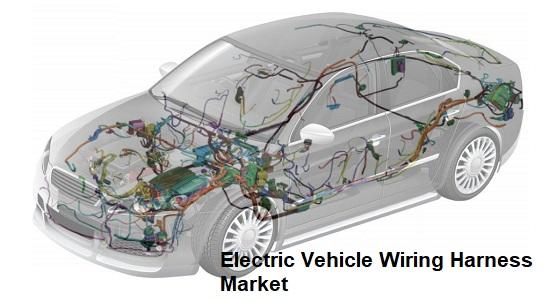
Wiring harnesses play a crucial role in ensuring the safety and reliability of modern vehicles. As vehicles become more complex and technologically advanced, wiring systems have become increasingly important. These intricate networks of wires provide the necessary connections for a wide range of vehicle components, including powertrain control modules, sensors, lights, and safety features. By effectively managing electrical power and signal transmission, wiring harnesses contribute significantly to overall vehicle safety.
One of the primary ways in which wiring harnesses enhance vehicle safety is by safeguarding against electrical hazards. The harnesses are carefully designed and insulated to prevent short circuits, which could lead to electrical fires or malfunctioning of critical components. By bundling and routing the wires in a secure manner, the risk of exposed wires or accidental contact is minimized, reducing the possibility of electrical shocks or electrocution.
Another critical aspect of wiring harnesses is their contribution to the reliable operation of various safety systems in vehicles. These include airbag deployment, anti-lock braking systems, stability control, and collision warning systems, among others. The wiring harness acts as a conduit between these safety systems, carrying the necessary signals and power to ensure their prompt and accurate operation in the event of an emergency. Without proper wiring harnesses, these systems may not function correctly, compromising the safety of the occupants.
In the era of advanced electronics and connected vehicles, signal interference can be a significant concern. Wiring harnesses are designed with proper shielding and grounding techniques to minimize the impact of electromagnetic interference, radio frequency interference, and other external influences. By ensuring clean and uninterrupted signals, wiring harnesses enable critical systems like advanced driver assistance systems (ADAS) and infotainment units to operate as intended, maintaining optimal vehicle safety.
Efficient maintenance and repair procedures are vital for vehicle safety. Wiring harnesses are engineered to be easily accessible and replaceable, enabling technicians to quickly diagnose and address any issues. Simplified wiring systems also reduce the risk of incorrect connections or faulty repairs, ensuring that the vehicle maintains its safety features even after maintenance or repair work.
Wiring harnesses are subjected to harsh environmental conditions such as heat, moisture, vibrations, and exposure to chemicals. They are engineered to withstand these challenges, providing reliable performance under extreme circumstances. By protecting the wiring and electrical connections, harnesses ensure that safety systems remain operational, even in challenging environments, further enhancing vehicle safety.

In conclusion, wiring harnesses are essential components of modern vehicles, significantly contributing to vehicle safety. Through their role in safeguarding against electrical hazards, ensuring the reliable operation of safety systems, minimizing signal interference, simplifying maintenance and repairs, and protecting against environmental factors, wiring harnesses play a crucial part in maintaining the safety and reliability of vehicles. As vehicles continue to evolve, the importance of wiring harnesses in enhancing vehicle safety will remain paramount.